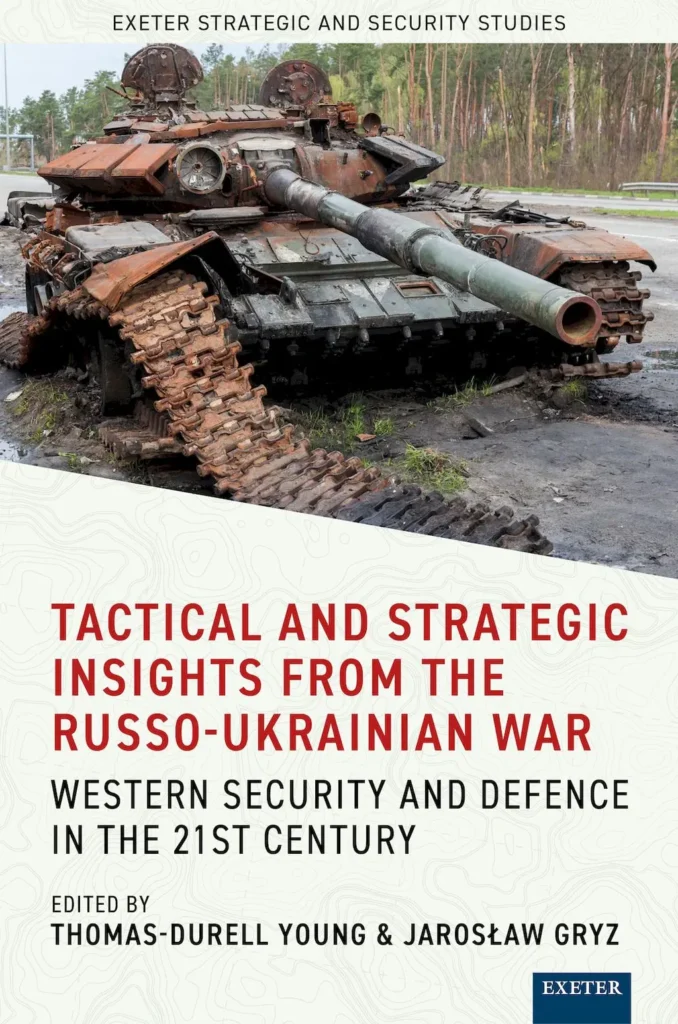Researchers Johannes Niu, Mila Stillman, and Anna Kruspe have delved into the intricate world of Open Source Intelligence (OSINT) on Twitter, focusing on the Russo-Ukrainian war. Their study, spanning from January 2022 to July 2023, scrutinizes nearly 2 million tweets from around 1,040 users, shedding light on the delicate balance between genuine OSINT and deceptive misinformation, which they term “BULLSHINT.”
The researchers employed a sophisticated blend of sentiment analysis, partisanship detection, misinformation identification, and Named Entity Recognition (NER) to unravel the communicative patterns and dissemination strategies within the OSINT community. Their findings reveal a predominantly negative sentiment, a nuanced distribution of pro-Ukrainian and pro-Russian partisanship, and the potential strategic manipulation of information. This nuanced understanding is crucial for defence and security sectors, as it highlights the complexities of digital warfare and the critical need for accurate intelligence in real-time.
One of the most compelling aspects of their research is the application of community detection techniques. These techniques identify distinct clusters of partisanship, topics, and misinformation, offering a granular view of how information spreads and evolves on social media platforms. This insight is invaluable for defence analysts and strategists, as it provides a roadmap for navigating the often murky waters of digital intelligence.
The study’s implications for the defence and security sector are profound. By understanding the dynamics of OSINT and misinformation, defence agencies can better equip themselves to counter deceptive tactics and ensure the integrity of their intelligence operations. The research also underscores the importance of real-time monitoring and analysis of social media platforms, which have become battlegrounds for information warfare.
In essence, Niu, Stillman, and Kruspe’s work offers a comprehensive look at the role of OSINT in modern conflict, providing a framework for distinguishing between genuine intelligence and strategic misinformation. This knowledge is not only academic but also operationally significant, offering practical applications for defence and security professionals navigating the complexities of digital warfare.
This article is based on research available at arXiv.

